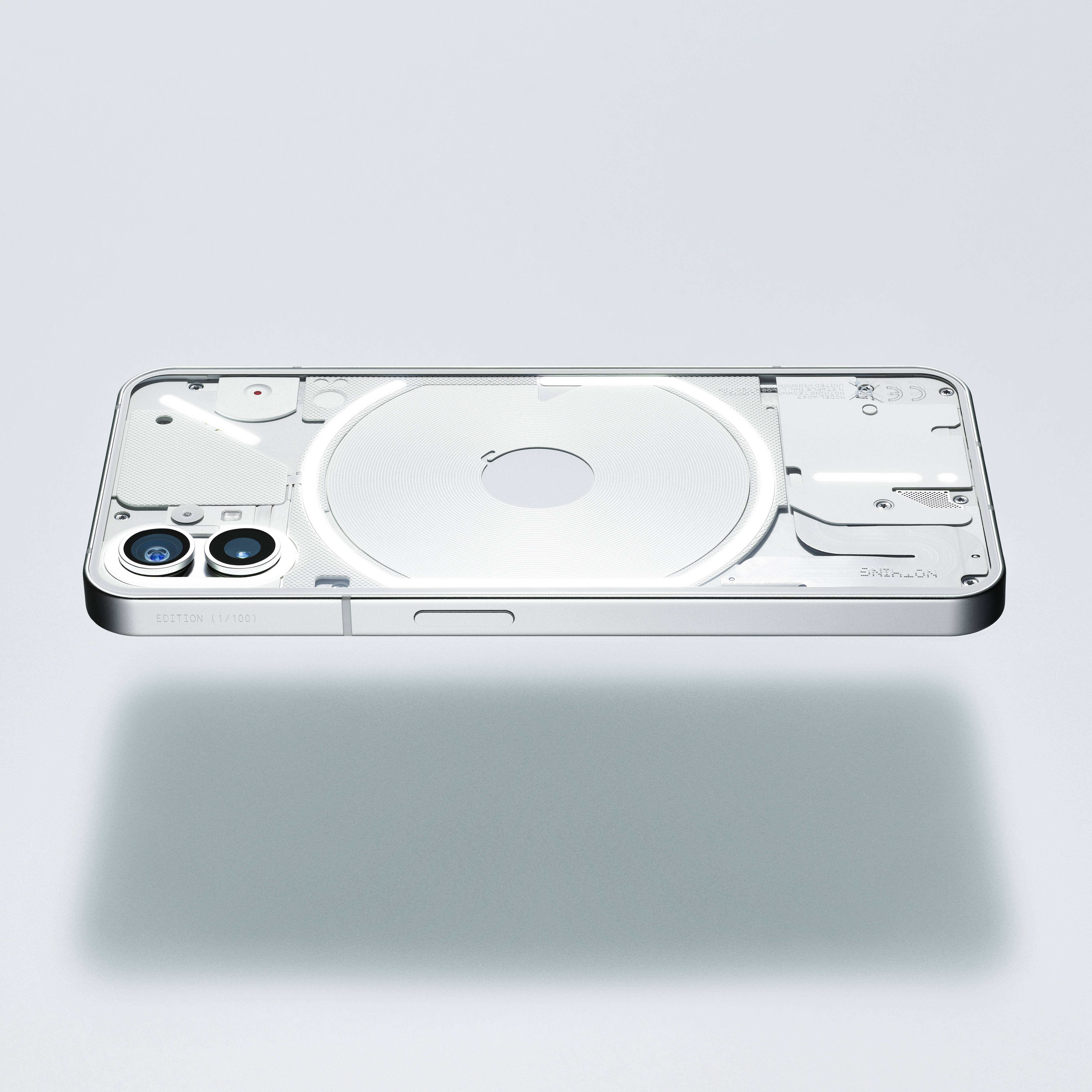Nothing phone (1): Specs, price and release date
We now know the specs, price and release date of the Nothing phone (1)
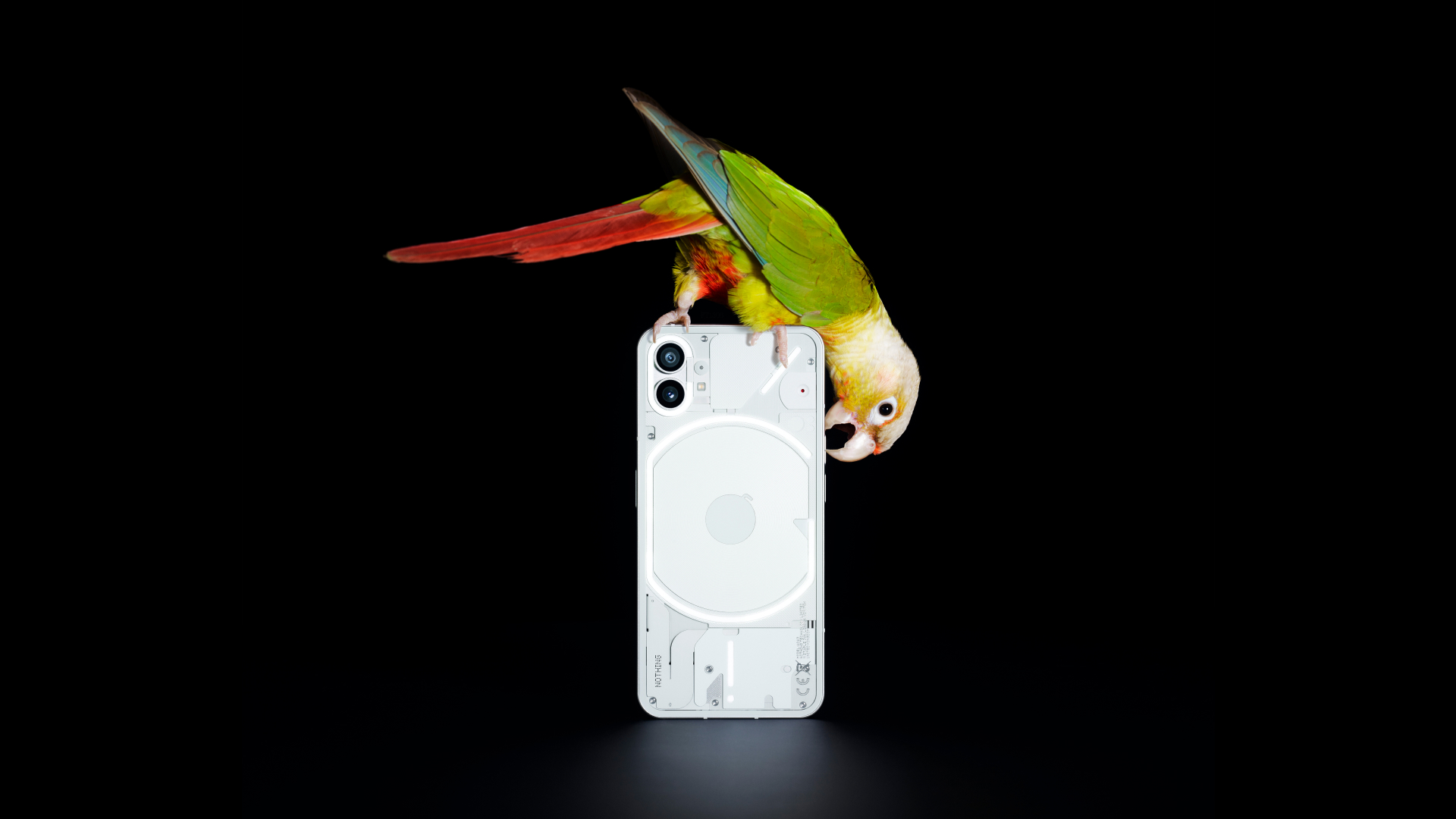
The Nothing phone (1) is easily one of the most hyped phone releases of the year, but what do we actually know about it?
Well, thanks to the official launch event, we now know everything we need to know about it — including specs, price and release date.
- Best smartphones in 2022
- Nothing ear (1) review
- The best phone deals in December 2022
Nothing phone (1) price and release date
The Nothing phone (1) is coming in white or black in three configurations:
- 8GB RAM + 128GB storage: £399
- 8GB RAM + 256GB storage: £449
- 12GB RAM + 256GB storage: £499 (available in late summer)
And while today was an official launch event, open sales begin on July 21 at 7am BST, with early pre-orders over on Nothing's website but you can try to get one earlier in a few different ways.
There will be a Nothing kiosk in London at Seven Dials, Earlham Street, WC2H 9LJ — open between 16-20 July between 10am and 7pm BST.
And beyond that, if you want to try your luck with online retailers, Selfridges will be stocking it on July 18.
As for contract prices, O2 has released some contract information for the 128GB model:
Sign up to receive The Snapshot, a free special dispatch from Laptop Mag, in your inbox.
- £22.81 per month for 3GB of data
- £25.81 per month for 10GB of data
- £30.80 per month for 30GB of data
- £32.80 per month for 75GB data
And for the 256GB model:
- £27.59 per month for 3GB of data
- £30.59 per month for 10GB of data
- £35.58 per month for 30GB of data
- £37.57 per month for 75GB of data
Nothing phone (1) design
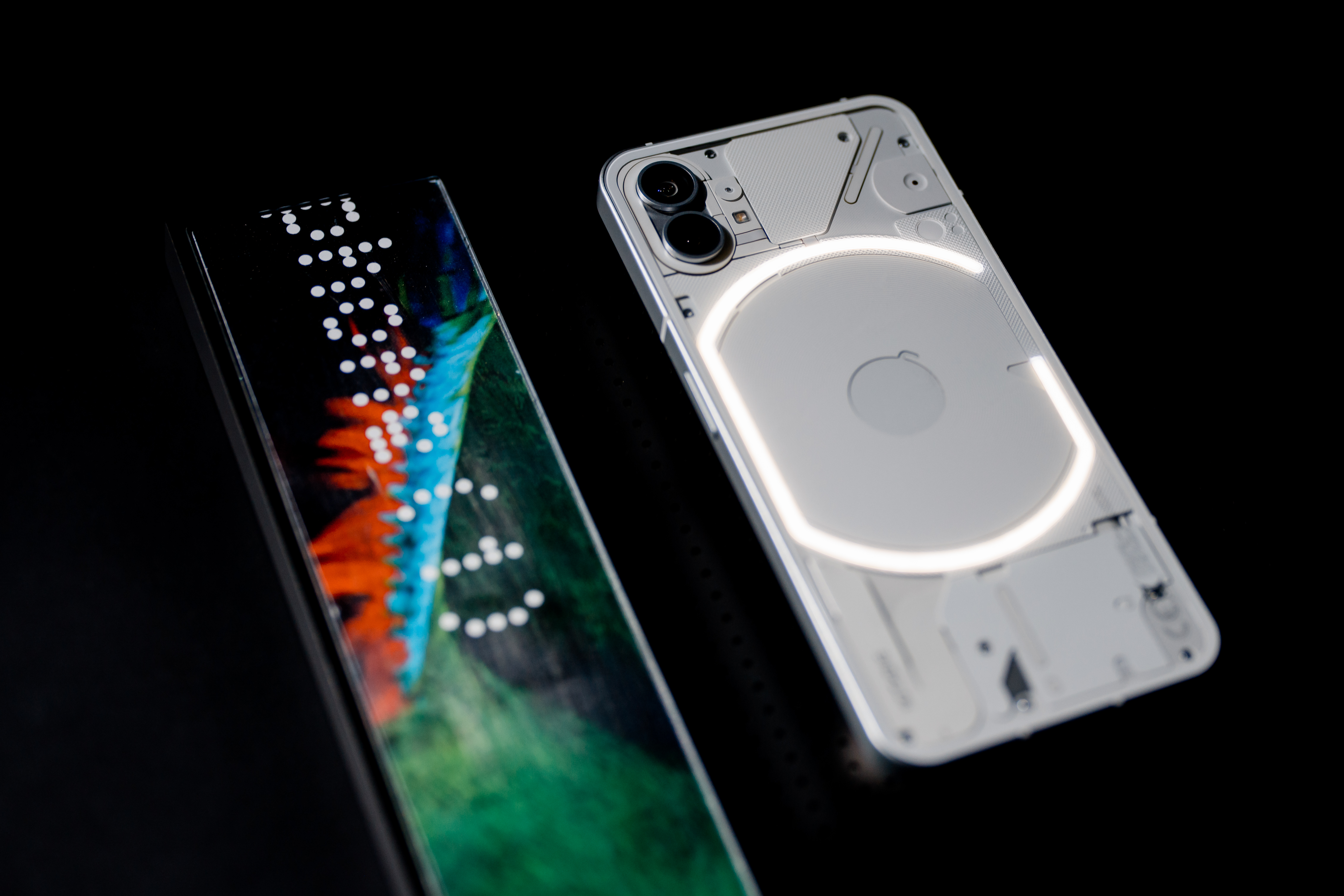
The biggest question about the Nothing phone (1) has been about what it will look like? We were looking forward to seeing a device that continued Nothing's transparent approach and brought something new to the table, and that is what the company has absolutely delivered.
Your key talking point is of course going to be those 900 LEDs on the back, which Nothing calls its Glyph interface. You got a little bit of a hint about this back in the Nothing March event, and now we know what those symbols mean.
At first, I was a little nervous that these were just going to be some decorative lights for the back of the phone, but they do have some practical functionality, as MKBHD found out. For example, the line at the bottom fills up gradually as your phone charges, they all flash and pulse in time with ringtones and they make for quite a bright camera flash.
Beyond this, the phone is still a familiar slab in the hand with the familiar flourish of the dot matrix print signature branding on the aluminum band that wraps around the side.
Nothing phone (1) display
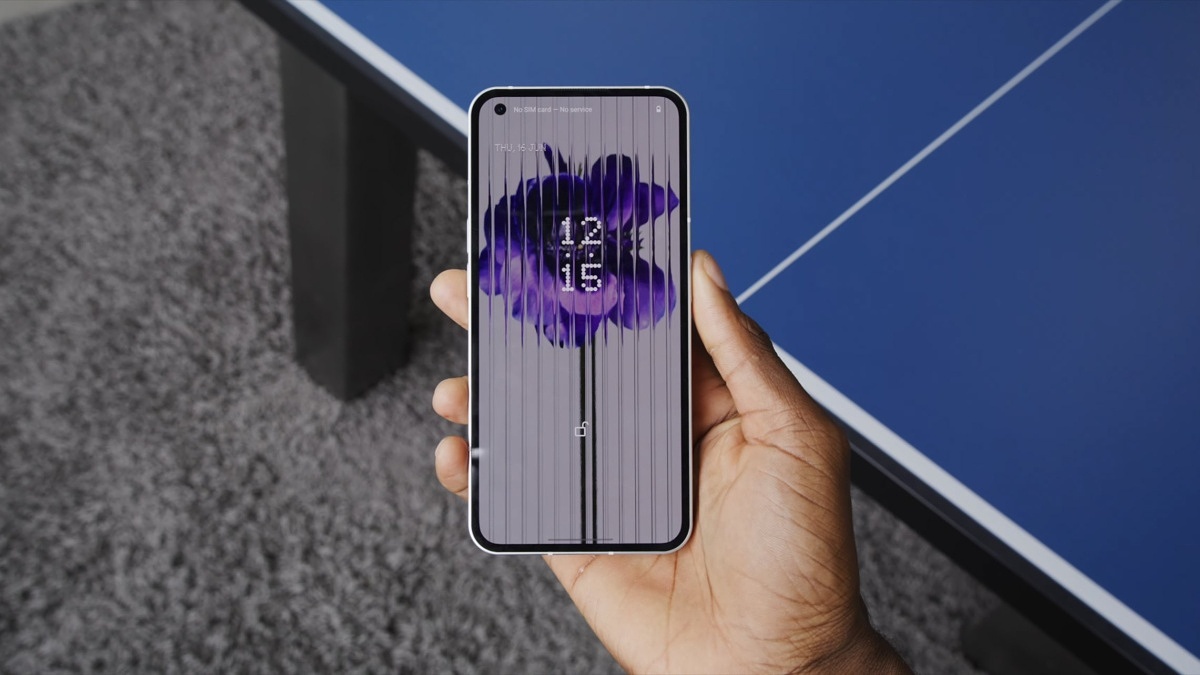
You caught a small glimpse of the phone (1)'s display, but thanks to some leaks, we do have some details on what to expect from the screen.
It looks as if you can expect a 6.5-inch AMOLED panel with 120Hz refresh rate, HDR10+ a 1080 x 2400-pixel resolution and 20:9 aspect ratio, which is pretty much bang on what you'd expect from a mid-range price Android smartphone.
Nothing phone (1) specs
What will the phone (1) run? That's been the question on the lips of everybody, trying to figure out whether this will pack some flagship specs or if Nothing is going for a different tact.
Turns out the latter is the answer, as Nothing's phone will pack a mid-range Snapdragon 778G+ chipset. The + part means that you're getting the performance and power consumption of this chip, alongside the additions of wireless charging and reverse wireless charging (ideal for those phone (1) and ear (1) bundles).
So, why did Nothing go with a slower chipset? Carl Pei explained that the reason behind this decision comes down to performance, power consumption and cost. The company believes this offers a better balance of sheer horsepower and power efficiency, to do the day-to-day tasks fast enough, while preserving more battery life.
As you can see in Dave2D's video, the benchmark scores are remarkably average when compared to the latest Snapdragon 8 Gen 1 systems, but from my experiences with phones at similar levels, these signify you've got more than enough under the hood for the standard day to day and some gaming.
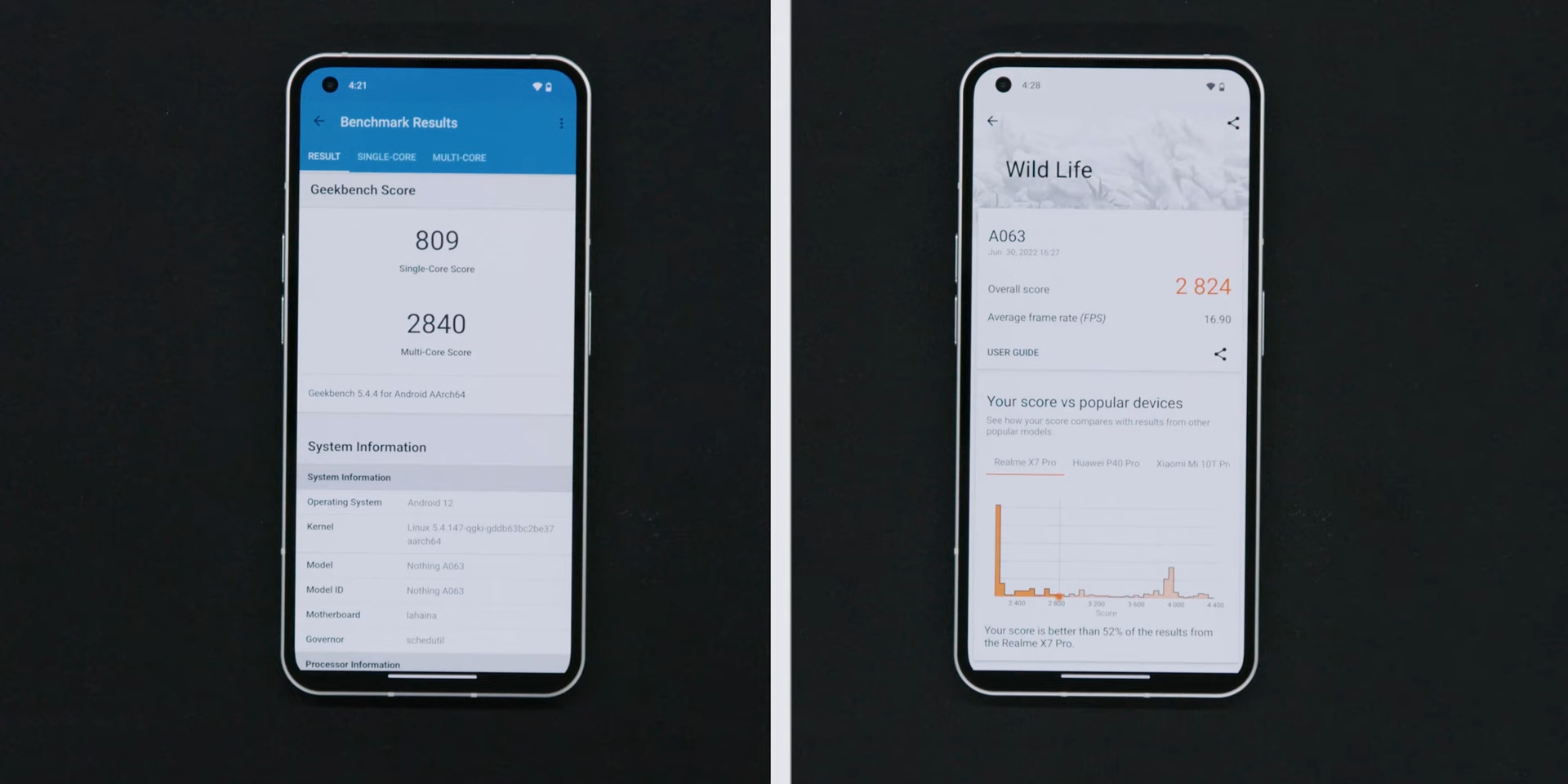
For multitasking, you can get up to 12GB of RAM and for storage, up to 256GB of UFS 3.1.
Nothing phone (1) cameras
Round back, you've got a 50MP main camera that uses Sony's IMX766 sensor with f/1.88 aperture and a focal length of 24mm, alongside a 50MP ultrawide with f/2.2 aperture.
Key features on the main snapper include OIS, and plenty of software photography modes including HDR, bokeh, extreme night mode and more.
Up front, there's a 16MP selfie shooter with f/2.45 aperture — rounding out what seems to be a pretty capable camera system, as is hinted towards by these pretty nice-looking photos.


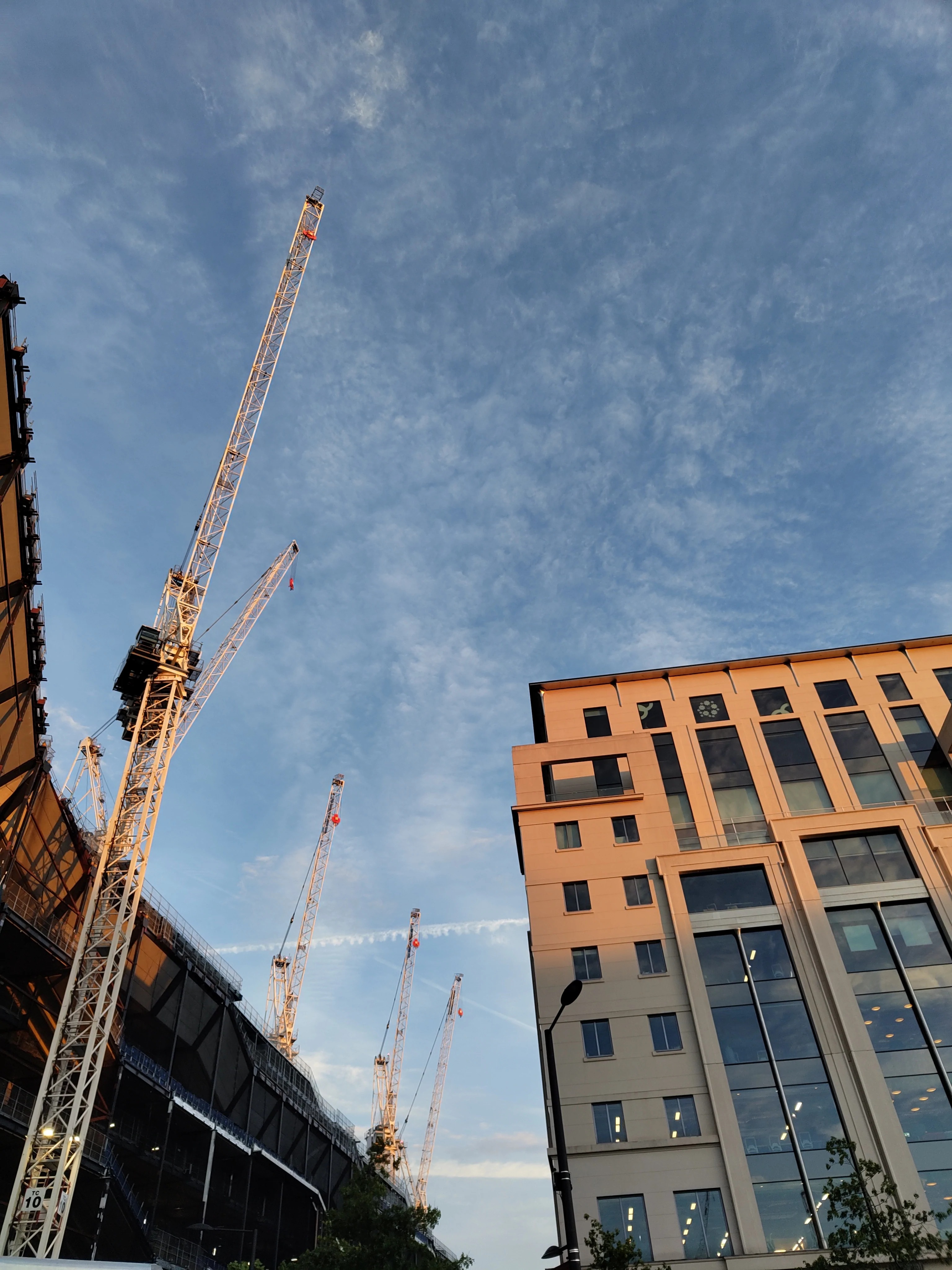


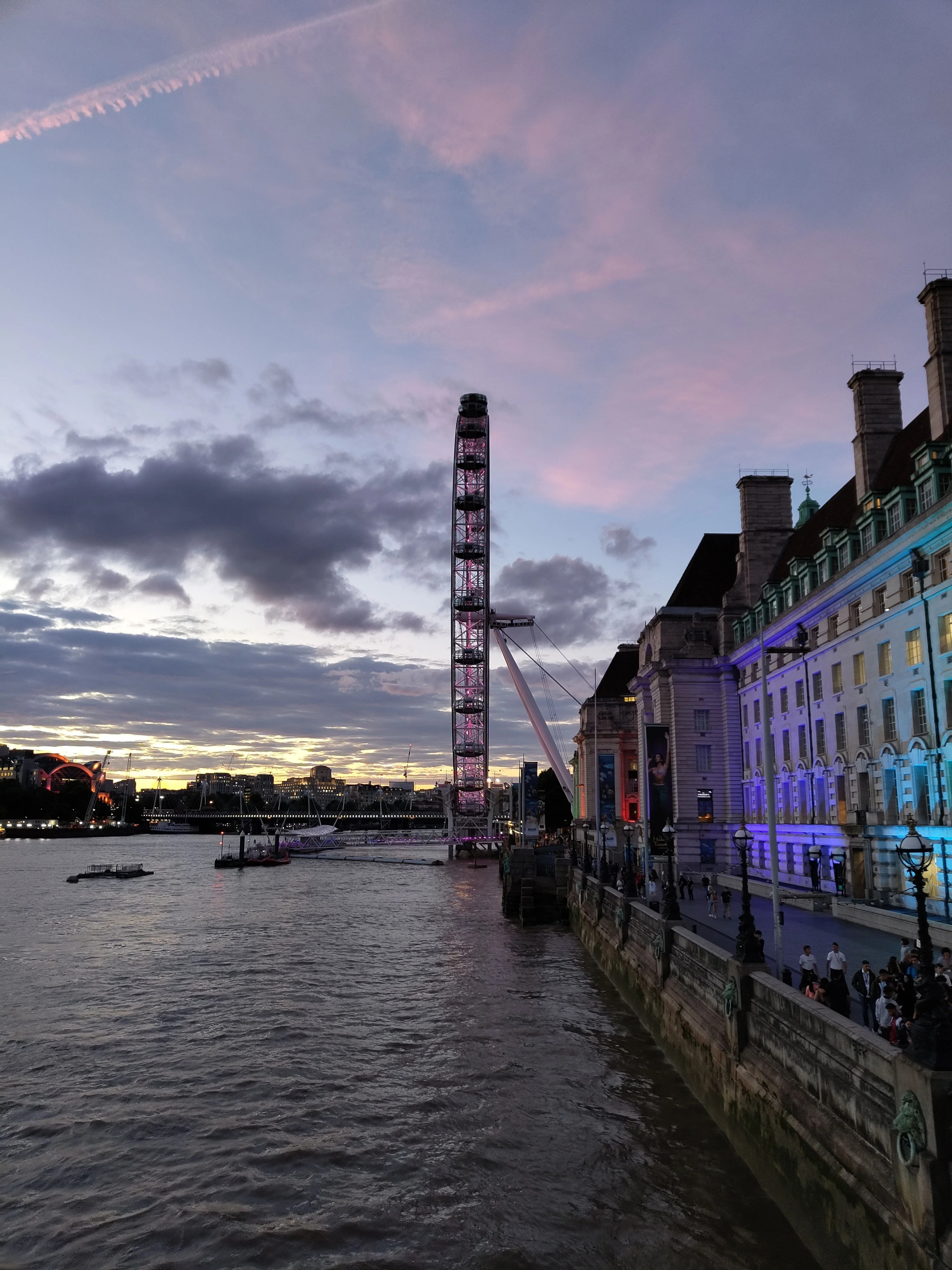
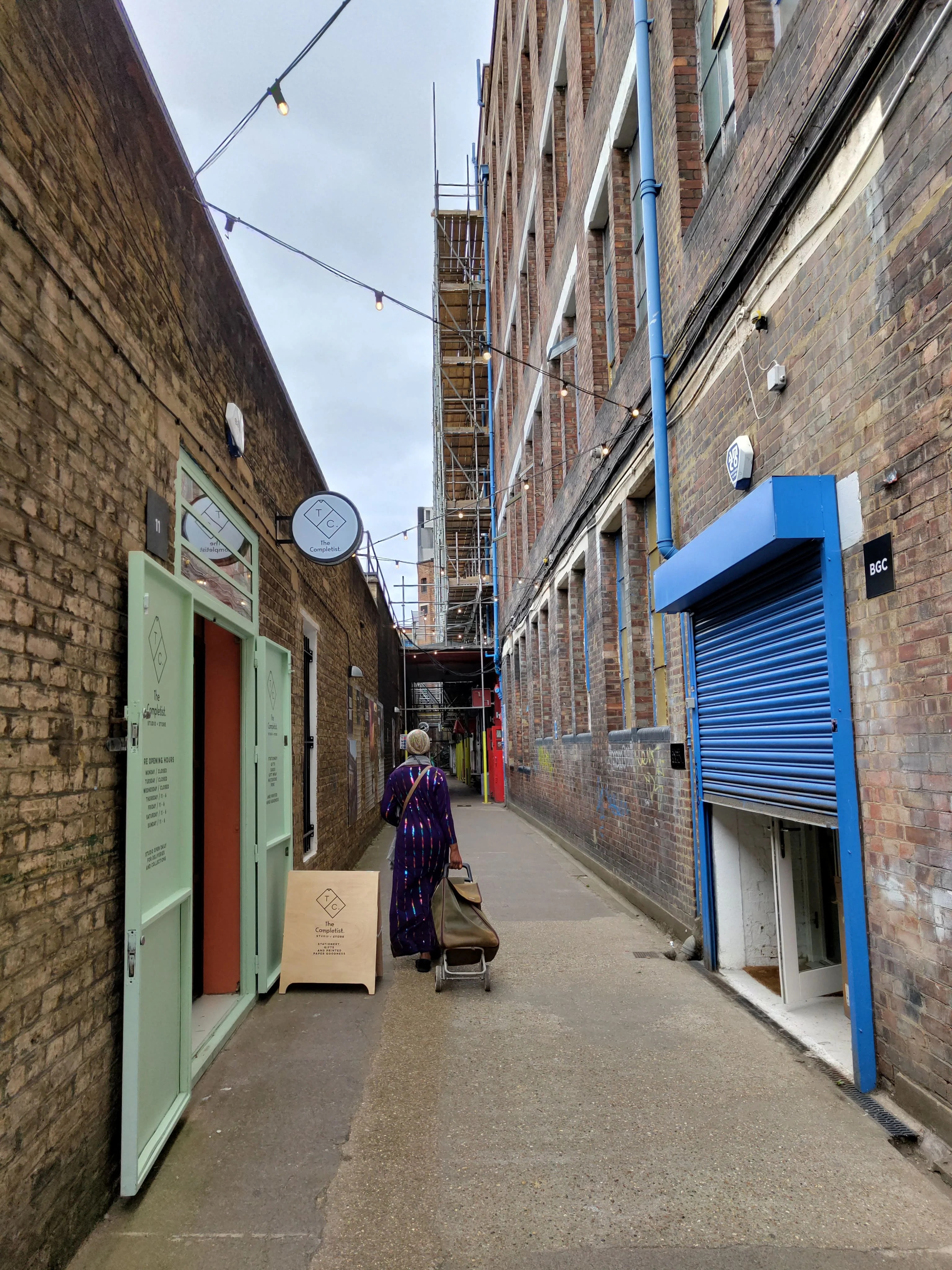

Outlook
The Nothing phone (1) is certainly an interesting phone, to say the least.
Everything about it seems to make this seem to be a forgettable mid-range phone, but it's not that at all! It has a fascinating design and we can't wait to go hands-on.

Jason brought a decade of tech and gaming journalism experience to his role as a writer at Laptop Mag, and he is now the Managing Editor of Computing at Tom's Guide. He takes a particular interest in writing articles and creating videos about laptops, headphones and games. He has previously written for Kotaku, Stuff and BBC Science Focus. In his spare time, you'll find Jason looking for good dogs to pet or thinking about eating pizza if he isn't already.
